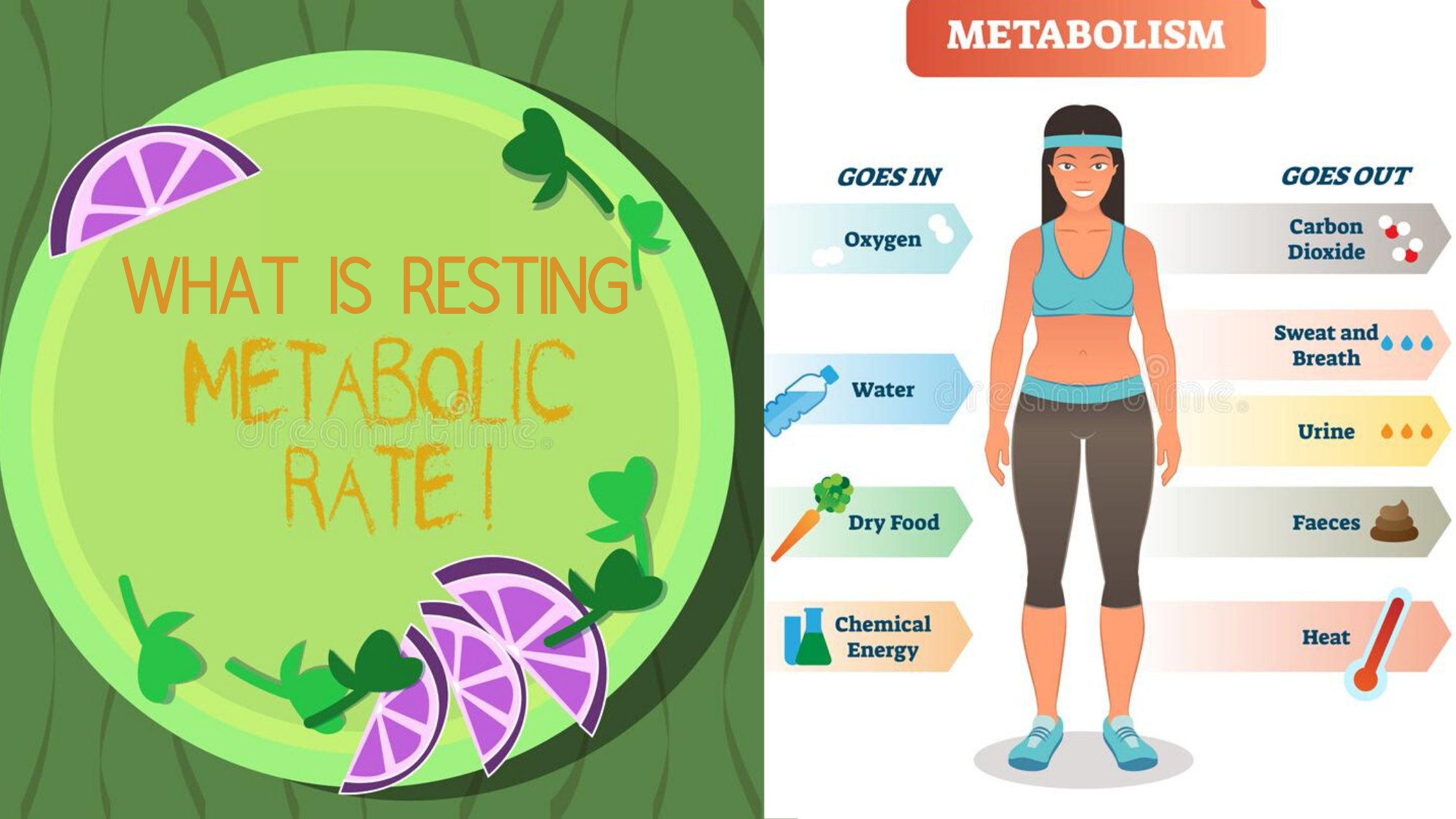In general context, boosting metabolism is related to transforming your body from fat to fit. This is essentially the result of increased calorie expenditure, increased lean body mass, high fat utilization & overall weight loss. Our resting metabolic rate (RMR) or resting energy expenditure plays a major role in this. Before we go into specifics of RMR, let us discuss Total Daily Energy Expenditure(TDEE). We have discussed about this concept in our book
Most researchers refer to metabolism as bodily functions & processes carried out to maintain life. However most of us refer to it as total energy expenditure & how it influences our energy in & energy out equation. As discussed in our previous blog, TDEE consists of the following:
- Thermic effect of physical activity or activity induced energy expenditure: Energy expended during workout/exercise & Non exercise activity thermogenesis(NEAT). This accounts for 15% to 30% of TDEE.
- Resting Metabolic Rate (RMR) or resting energy expenditure: This refers to energy expended/ required to keep your body functioning at rest. This accounts for 65% to 75% of TDEE.
- Thermic effect of food(TEF) or food induced energy expenditure: Energy expended on chewing, swallowing, digesting, absorbing and storing food. This accounts for 10% of TDEE.
Resting metabolic rate is the number of calories burnt when your body is at rest. RMR supports, breathing, circulating blood, organ functions & neurological functions. RMR is proportional to lean body mass. With 1% increase in body fat, RMR decreases 0.01 kcal/min.
For calculating RMR, mathematical formulas are most popular. You can access such calorie calculators on the internet, app or wearable devices. The Harris & Benedict equation created in 1918 & amended in 1984 remains the most prominent way of calculating RMR. Although this H&B equation is used to calculate Basal Metabolic rate, it is used interchangeably. We have shared the revised & updated H&B equations for males & females in ourbook. We are again mentioning the equations here:
- Men: 88.362 + (13.397 × weight in kg) + (4.799 × height in cm) – (5.677 × age in years)
- Women: 447.593 + (9.247 × weight in kg) + (3.098 × height in cm) – (4.330 × age in years)
For instance, a 40 year old male, with 75 kg weight & 180 CM height would require 1729 calories to carry our normal physiological functions.
These formulas have some potential errors since it assumes that human beings with the same gender, age, height & weight would have the same RMR which is not correct. Your lean body mass significantly influences RMR & should be considered.
Although Katch-McArdle and Cunningham formulas are derived from lean body mass rather than total body, they rely on accurate measurement of lean body mass.
Katch-McArdle formula(BMR): 370+(21.6*Lean body mass)
Cunningham formula(RMR): 500+ (22* Lean body mass)
*Lean body mass= total body weight *(100-body fat %)
Although new equations continue to emerge, each one would have varying degrees of errors.
Let us discuss about RMR uncontrollable & controllable factors:
Uncontrollable factors
- Age: Age related reduction in our RMR can be decreased by 2% per decade after growth is attained. Considering RMR contributed to 60% to 75% of TDEE, this translates to 25 to 30 calories per day for average adult
- Genetics: Genes play a significant role. There are over 100 genes that are related to obesity. The obesity associated gene- FTO gene causes people to overeat due to low satiety. Eating behaviour with low satiety includes eating larger portions, eating calorie dense foods high in fat & sugar & snacking frequently. The FTO gene can alter RMR by around 160 calories a day that is equivalent to 7.5 Kgs per year. Getting a genomics test done will help us know our FTO level & genetic risk to low satiety which can regulate our eating behaviour or alter the energy in-energy out equation.
Controllable RMR factors
- Lean Body Mass: Building Lean Body Mass is an effective way to boost RMR. Peak muscle mass usually happens in folks in the age band of 28 to 32 after which muscle loss starts. Ability to preserve muscle mass & build muscle mass can prevent our age related losses. Even a small gain of 2 to 4 pounds can boost metabolism by 8%. This can essentially add 90 to 100 Kcal to TDEE per day.
- Sleep: Lack of sleep can negatively impact your RMR.
- Low Calorie Intake:Low calorie intake can suppress metabolism by as high as 20%. If under stress, elevated levels of cortisol suppress thyroid stimulating hormones production which ultimately impacts thyroid hormones that regulate metabolism. Such low calorie intake can also reduce muscle mass which further decreases your RMR.
- Stimulants: Stimulants such as caffeine have temporary 4% to 5% metabolism boosting impact that can impact 15 to 20 calories per day.
